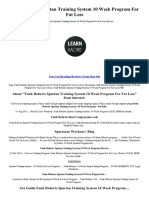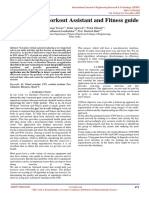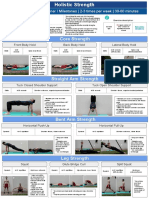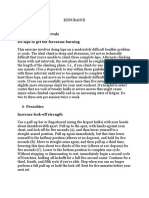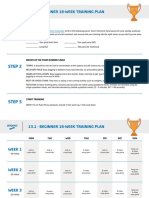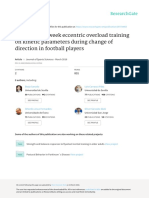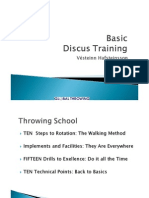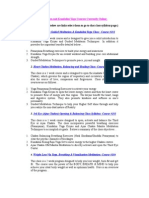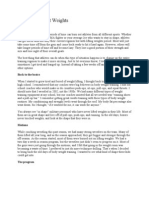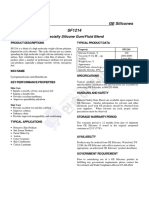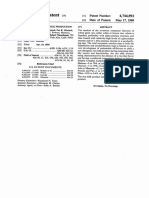HEALTHY
RUNNING
GETTING STARTED SHOES
10% Start or return to running gradually, increasing your
distance by no more than 10% per week. Be sure to warm
up and cool down slowly each run.
Invest in good quality shoes that you use solely for
running, then replace them after 300- 500 miles.
CROSS-TRAINING HYDRATION
To minimize your chance of overuse injury, consider Drink regularly throughout the day to stay hydrated.
cross-training with cycling, swimming, elliptical Unless you are running for more than 90 minutes, skip
machines, etc. Include rest days to avoid overtraining. the sugary sports drinks and stick to water.
STRETCH & STRENGTHEN TRACKING
Stretch daily - especially your hamstrings, quads, and Use technology to track your workout (distance, pace,
calves. Include hip and core strengthening to ensure a heart rate, etc.) and keep notes about how you felt that
steady and durable foundation for your legs and arms. day. Seeing the miles add up is motivating and can
allow you to identify your "best" routine.
CADENCE ARM MOVEMENT
Maintain a high cadence of quick light steps to avoid Since your arm and leg movements are synched, changing
"pounding" the ground with excessively long and your pace can be a matter of swinging your arms more
inefficient strides. Think about "running on the hot sun." quickly. Make sure you allow your elbows to extend
beyond your trunk with each stride.
CLOTHING HANDS
Remember "cotton is rotten" - especially for undergar- Don't allow your hands to cross the midline. Imagine
ments and socks. Invest in moisture-wicking clothes to holding a small kickball and rolling it back and forth with
maintain comfortable body temperature. Dress in layers your hands with each stride. And don't squeeze your
for colder weather. hands too tightly. Imagine that you are holding a baby
bird in each hand while you run.
INTENSITY INJURIES
Train at the right intensity. Use "target heart rate," not Practice makes permanent, but not necessarily "perfect."
"pace," as your intensity guide. A doctor or coach can help You can usually run through annoyance, but not pain or
you determine your target, but for most people it would injury. Training through pain leads to long-term compen-
be the "talk test," i.e., running up to a pace that would still sations that can be hard to break.
allow you to converse. If your heart rate climbs above
your target, don't be afraid to walk a few steps.
GAIT TRAINING PLAN
Don't "run on a line." Excessively narrow gaits can cause Consult a professional who can help you structure a
problems – big problems. Increase your step width so healthy training plan. This could be a running coach,
that your feet land at least a couple of inches from trainer, or chiropractor.
midline. If this proves difficult, you probably need
strengthening exercises for your hips.





